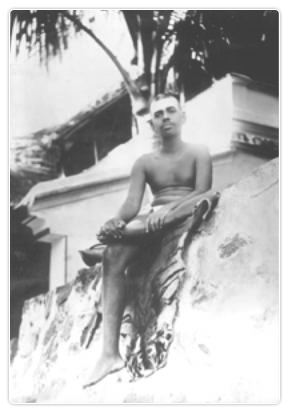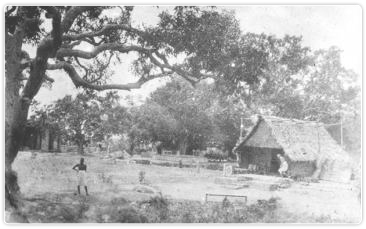News Events

December 29th 2012
133rd Jayanti Celebrations of Bhagavan Sri ramanamaharshi
Baghavan Sri Guru Ramana lived in a cave on the sacred mountain for years. He sought solitude and maintained silence to discourage visitors yet a steady stream of followers never failed to visit him. After some years the cave became too small and the Maharshi moved to Skandasramam, a little higher up the mountainside.

This too was a cave but with the space to give more accommodation. It was here where his mother renounced the world and came to join him. She began to cook for the little group, whereas previously they ate only what was given in charity. Her passing in1922 as a liberated being brought about the status of burial instead of cremation, both which were not allowed on the holy mountain. She was then buried at its foot, at the southern-most point where a cemetery already existed. It was less than half an hour’s walk from Skandasramam and the Maharshi would visit daily. One day, he stayed. It was here that Ramanasramam sprang up.
At the time, he had already spent twenty-six years at Tiruvannamalai as a Self-realized sage. There was no Ashram office, no correspondence, no facility for visitors, and no publicity.

It was his younger brother, Sri Niranjanananda Swami, who oversaw the construction of buildings and the growth of the Ashram. He became its manager. As the Maharshi became more widely known, donations flowed in and a whole complex of buildings arose. Particularly dear to Sri Niranjanananda Swami’s heart was a temple that he built over the Mother’s shrine and a large new meditation hall, known as the New Hall, adjoining it.
The focus of all attention was the meditation hall where devotees sat with Sri Guru Ramana. He spent his daytime there and slept at night at the same couch. Although early years he would meet people all through the night, age and failing health took a toll on him and necessitated hours of privacy.
Concerned that he should be accessible to all comers at all hours, Sri Guru Ramana never left the Ashram except for his daily walk on the mountain. A number of devotees built their own houses round about, and thus a housing estate grew up. Sadhus made a colony near the Ashram and lived in caves and huts. A Maharaja donated a guesthouse. In spite of all this, difficulties in finding accommodation persisted.
All of this suddenly changed in 1950. After a long illness, Baghavan attained Maha Samadhi. For a while, the crowds of devotees dispersed. However, contrary to what was expected, the power of his presence seemed not to have been withdrawn but felt to be stronger and more potent than ever. Such grace was there that those who stayed on could not even feel sad. More and more, people came to feel the Maharshi’s continued presence at Sri Ramanasramam. Devotees who had left returned. Shortly before his passing, he had said:
“They say that I am going away, but where could I go? I am here.”
There is no spiritual head of the Ashram, no successor to Bhagavan in human form. His presence is so intensely powerful and all-pervasive that it is clear to all his devotees that Guru Ramana was is the eternal Guru and presiding deity here. That the spiritual support comes directly from him; all that is needed is practice.

